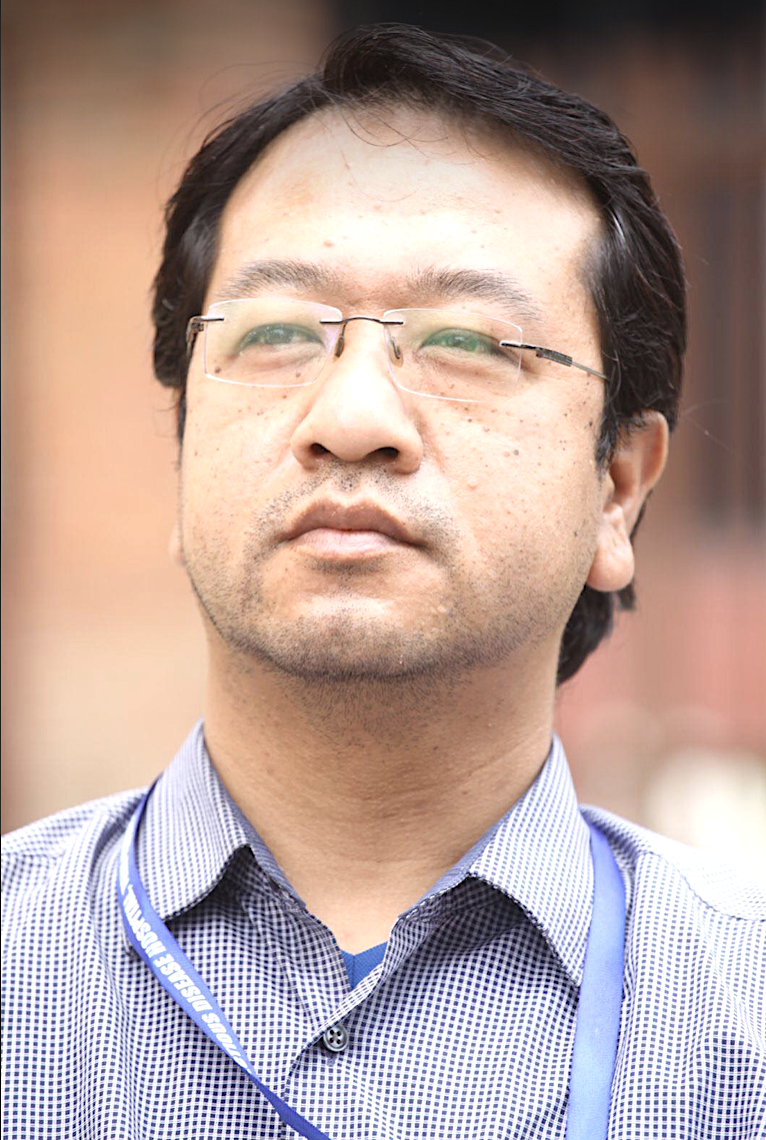Columns
Nepal’s first ‘post-pandemic Covid wave’
One possible explanation for a sudden rise in disease severity in patients could be ‘FluVid’.
Dr Sher Bahadur Pun
Since the beginning of March this year, a total of 16 patients diagnosed with Covid-19 have been admitted or referred to Sukraraj Tropical and Infectious Disease Hospital, Kathmandu, for further treatment. Seventy percent of them were male, 81 percent were aged 65 and above, critically ill, and almost all ended up in the intensive care unit. In fact, at present, people with Covid-like illnesses can be widely seen in the community, meaning Nepal has been experiencing its first “post-pandemic Covid wave”.
Nepal experiences influenza during February-April and July-September every year. It is, thus, obvious that people understand influenza infection as fever, cough and/or sore throat. Contrary to expectations, however, patients with serious complications due to flu-like illnesses are being diagnosed with Covid, surprising doctors and experts. This has also triggered panic in the community. Many people believe that Covid no longer exists.
Currently, the JN.1 virus—a sub-variant of omicron that showed mild symptoms compared to previous variants/sub-variants—is thought to be circulating in Nepal. Nevertheless, a sudden surge of severe Covid in the community raises several questions regarding its (JN.1) changing pathogenic characteristics and complications. Moreover, it is unclear why SARS-CoV-2 (coronavirus) is active with more severe symptoms at this moment since it has, so far, no clear trend or seasonal pattern in Nepal. The emergence of severe Covid currently being observed in Nepal may spread to other parts of the world in the coming months.
Symptoms of the omicron variant include fever, cough, sore throat, hoarse/raspy voice and runny nose. Besides these symptoms, many patients currently complain of loss of smell or taste—a hallmark of the delta variant when it was the deadliest among Covid variants. It is unknown why patients with SARS-CoV-2 infection have experienced loss of smell or taste, although the delta is no longer detected following the second or delta wave in Nepal.
A few weeks ago, a significant number of children fell sick with Covid-like illnesses in Nepal. Many missed school for several days due to a severe infection. Colleagues working in the children’s hospital also confirmed and shared about the sudden rise of sick children visiting the hospital with a history of fever, cough, runny nose and sore throat. The current Covid wave perhaps started following the “Covid-like illnesses” in children. This indicates that the “post-pandemic Covid” wave initially hit the children in Nepal. This scenario was not significantly observed or confirmed during the pandemic period. In general, the SARS-CoV-2 virus does not include a routine laboratory test if a child shows symptoms of Covid-like illnesses.
Several review studies have shown co-circulation of influenza and Covid and found its rate to range from 0.24 percent to 44 percent. Moreover, higher mortality rates were also found to be associated with the co-infection. In Nepal, however, the disappearance of influenza activity was reported, when Covid was increased and vice versa trends. The reason for such a trend is unknown. Nevertheless, at present, both viruses are co-circulating (here dubbed “FluVid”) in Nepal.
One possible explanation for a sudden increase in disease severity in patients could be “FluVid” (due to co-infection in a given patient). Mostly, influenza virus tests are not performed if a patient tests positive for Covid, meaning no accurate data is available about the current situation of “FluVid” in Nepal. However, it can readily be assumed that “FluVid” might be common in the community, as preventive measures to contain the spread of infections are no longer mandatory.
As per the World Health Organization, in-between February 5 and March 3, 2024, hospitalisations and admissions of Covid patients to the ICU declined worldwide. But conversely, Nepal has observed an unexpected increase in hospitalisations due to severe Covid and its complications. According to some national news media, the detection of coronavirus has started to rise among Nepalis—with symptoms of fever, cough and runny nose—returning from India, meaning Covid may spread and last for several days/weeks. Whether the extreme forms of the virus seen at this moment in Nepal are due to an imported virus or due to JN.1 that has been circulating since the beginning of this year demands attention.
The Covid cases can spread to other parts of the world at any time and place in the days to come. Although Covid as a pandemic has already been declared over, severe cases require continuous monitoring and sequencing.




 20.12°C Kathmandu
20.12°C Kathmandu















